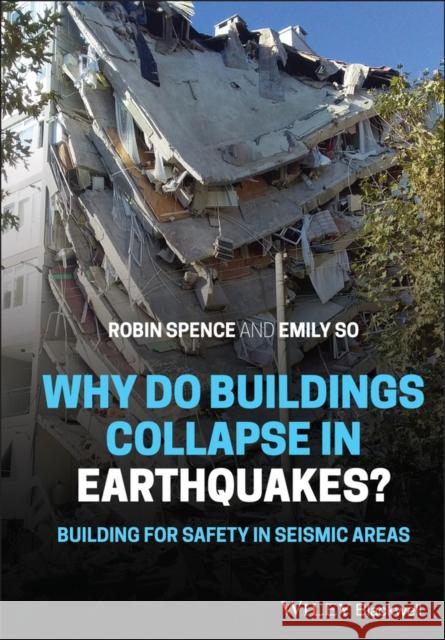Why Do Buildings Collapse in Earthquakes? Building for Safety in Seismic Areas » książka
topmenu
Why Do Buildings Collapse in Earthquakes? Building for Safety in Seismic Areas
ISBN-13: 9781119619420 / Angielski / Twarda / 2021 / 304 str.
Kategorie:
Kategorie BISAC:
Wydawca:
Wiley-Blackwell
Język:
Angielski
ISBN-13:
9781119619420
Rok wydania:
2021
Ilość stron:
304
Waga:
0.70 kg
Wymiary:
25.1 x 17.5 x 2.08
Oprawa:
Twarda
Wolumenów:
01











